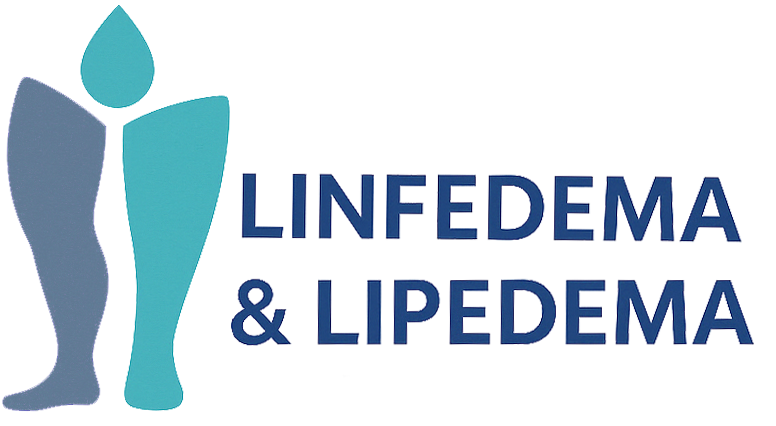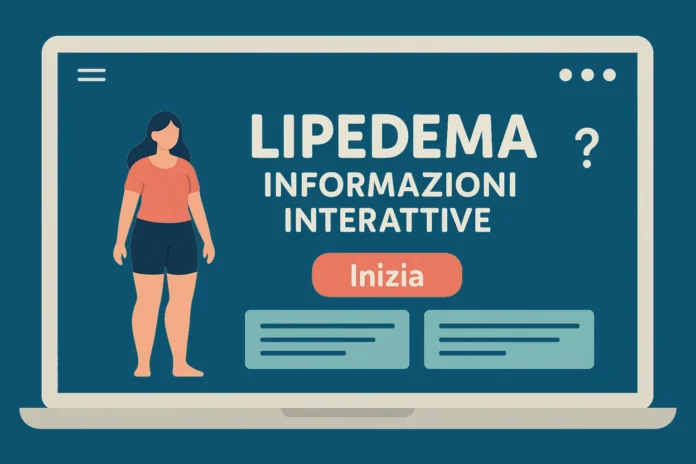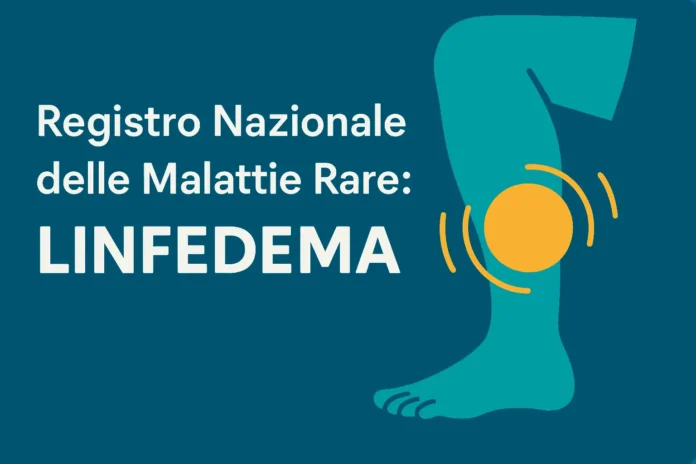Pain is the hallmark—and chief quality-of-life limiter—of lipedema. This targeted review links nociception to four converging drivers: mechanical strain from hypertrophic adipocytes, capillary leak–induced fluid pressure, estrogen-mediated neuro-sensitization, and exaggerated sympathetic tone that lowers pain thresholds. Patients frequently describe neuropathic features (burning, allodynia) that correlate with depressive symptoms, underscoring the need for systematic pain phenotyping. Conservative strategies offer partial relief: graduated compression and complex decongestive therapy ease edema-related tension, and guided aerobic-resistance training improves microcirculation, though poorly structured exercise may worsen tenderness. Pharmacologic data are limited; topical lidocaine and NSAIDs address inflammatory flares, while duloxetine or pregabalin target neuropathic components. The strongest evidence supports microcannular tumescent liposuction, which achieves sustained ≥70 % pain reduction up to five years by debulking aberrant fat and decompressing neural-vascular networks. The authors advocate randomized trials contrasting staged liposuction with optimized conservative care and exploring biomarker-driven algorithms that integrate hormonal milieu and pain phenotype to personalize therapy. (pubmed.ncbi.nlm.nih.gov)
Hasan Aksoy – Department of Dermatology, Istanbul Medeniyet University, Goztepe Training and Research Hospital, Istanbul, Turkey
Ayse Serap Karadag – Department of Dermatology, Istanbul Medeniyet University, Goztepe Training and Research Hospital, Istanbul, Turkey
Uwe Wollina – Department of Dermatology and Allergology, Städtisches Klinikum Dresden, Academic Teaching Hospital of the Technical University, Dresden, Germany
Tags: Adipocytes; Complex Decongestive Therapy; Lipedema; Micronannular Tumescent Liposuction; Pain




